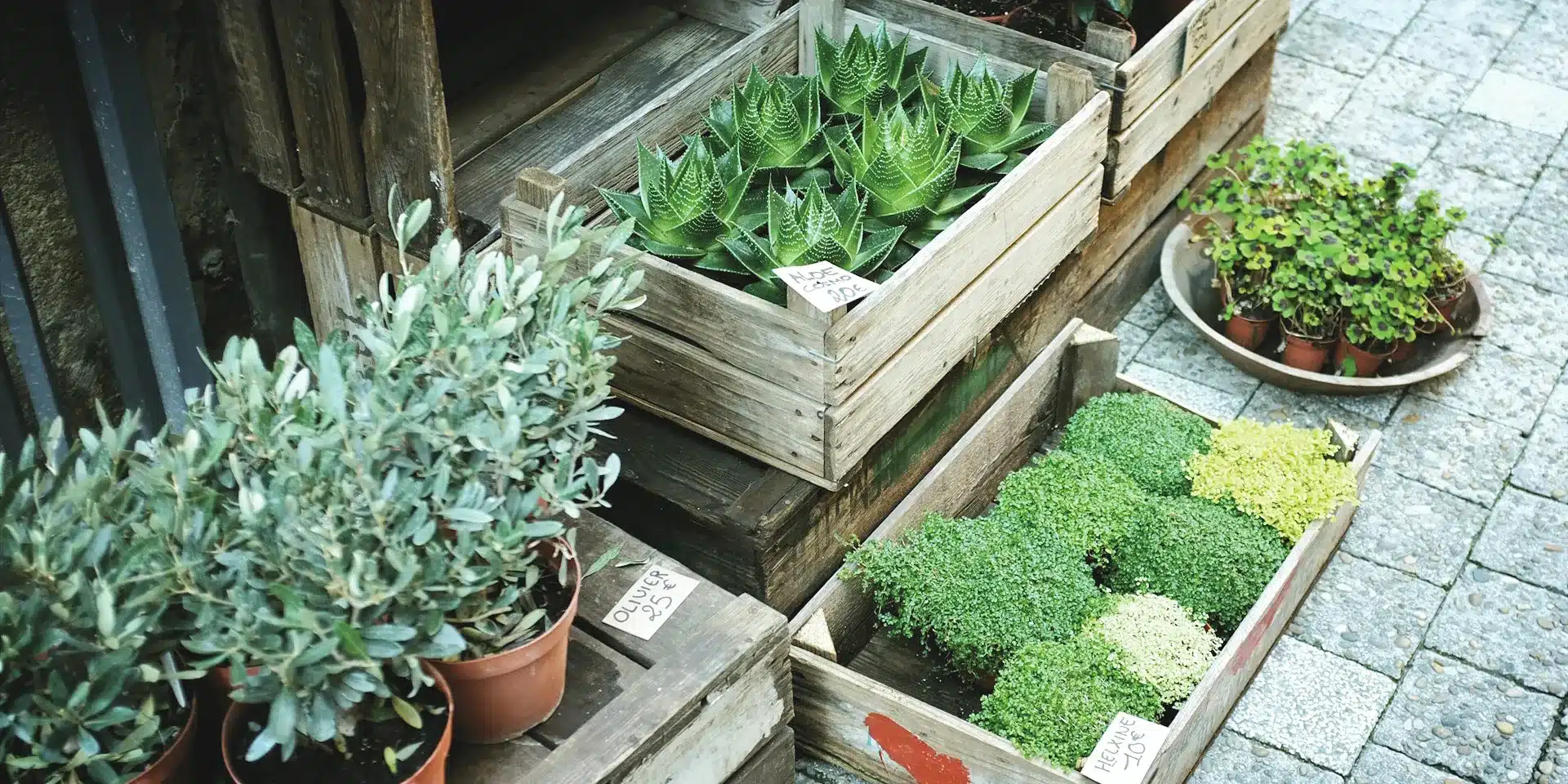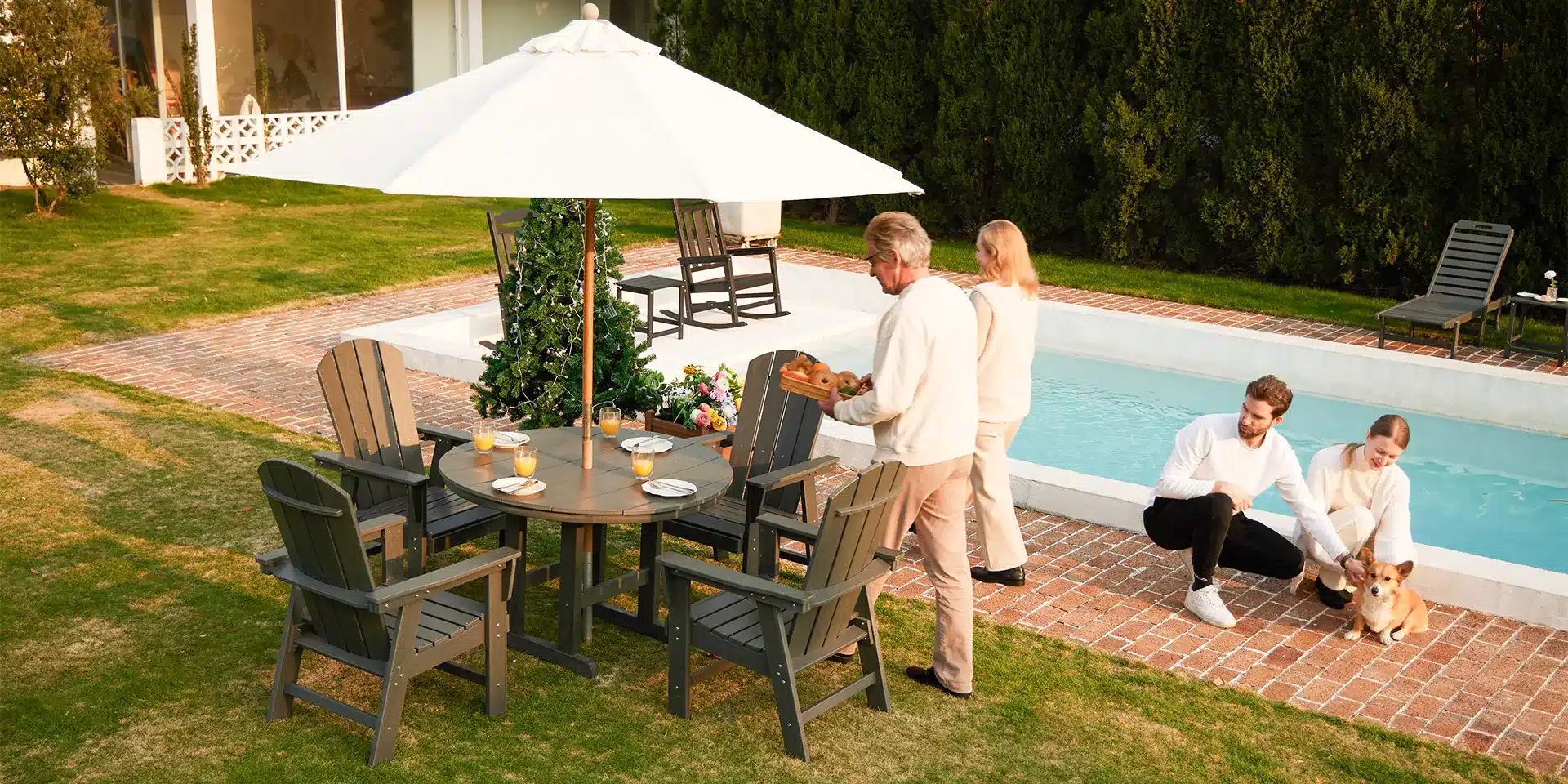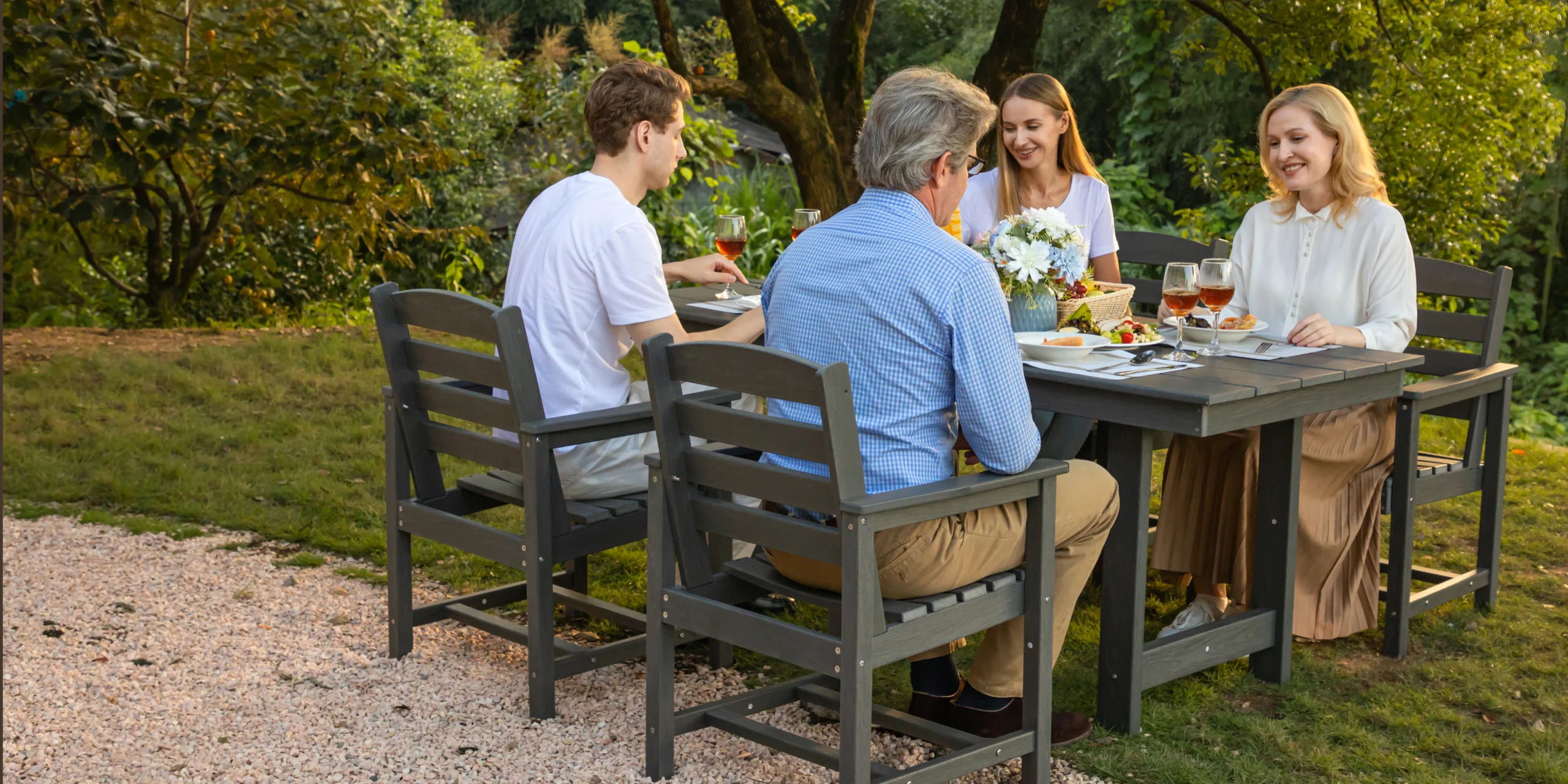If your patio needs decorating but you’re out of ideas, creating your own patio planting boxes is a great option. DIY planting boxes not only add a unique personalized touch but are also more cost-effective compared to buying pre-made ones.
The presence of plants can enhance air quality, bring vibrancy and life to your space, and transform your patio into an ideal spot for relaxation and enjoyment.
Preparation:
Selecting Wood
When selecting wood for making patio planting boxes, it’s best to choose treated wood. Treated wood, such as pressure-treated plywood, offers excellent corrosion resistance and maintains its appearance over time. Similarly, composite lumber provides outstanding durability and is an excellent choice for long-lasting patio planters.
Another option is to use wood that is naturally weather-resistant, which helps reduce the risk of rot and warping. Recommended types include redwood and cedar, both of which naturally offer excellent corrosion resistance and weather durability.
If you decide to use untreated raw wood, make sure to seal it after construction to enhance its durability.
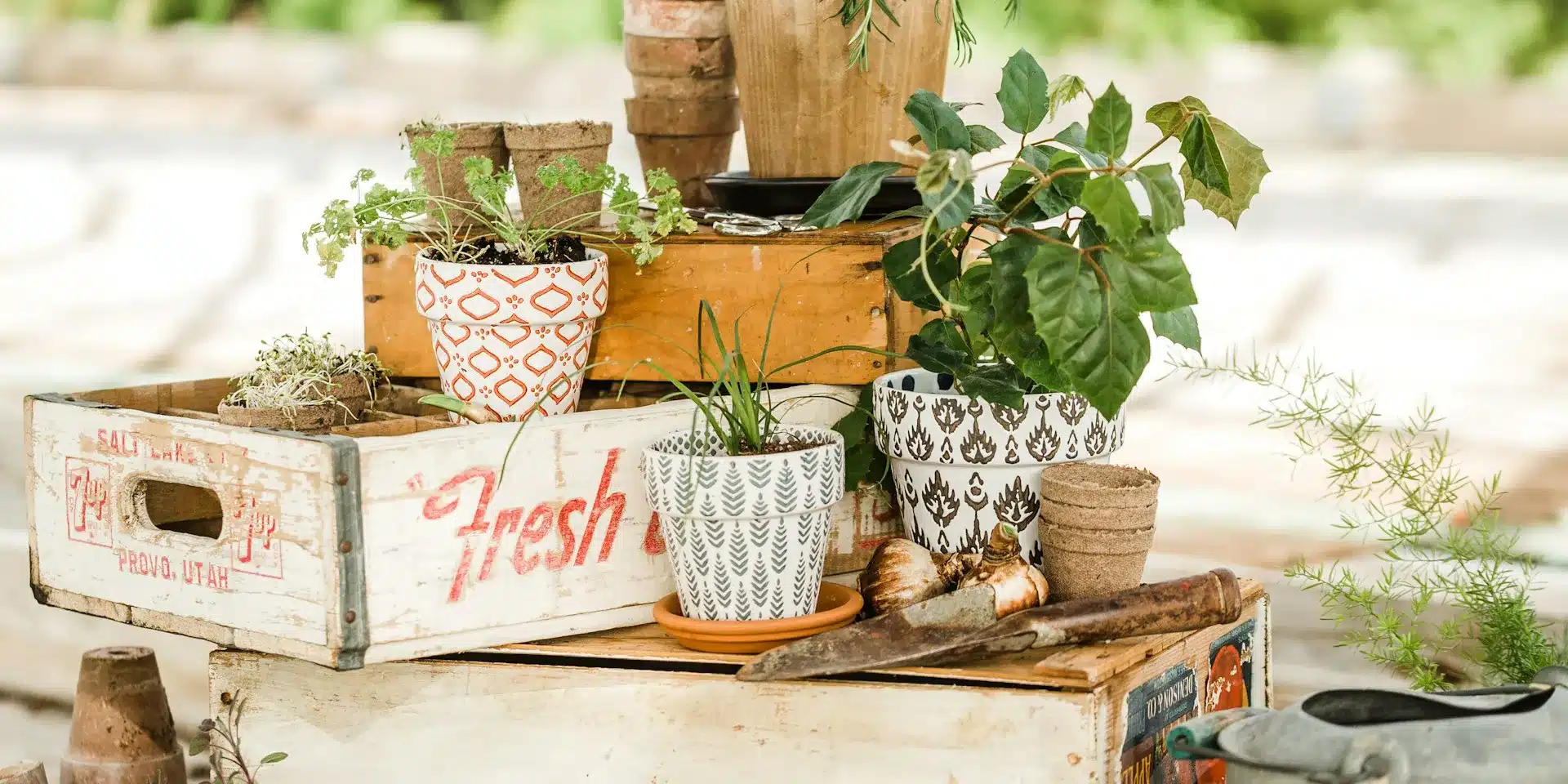
Basic Tools
- Saw
- Drill
- Sander
- Brackets
- Rust-Resistant Screws
- Ruler and Pencil
- Outdoor Paint(For example: Acrylic Paint, Oil-Based Paint, or Outdoor Wood Paint) and Paintbrus
- Gloves and Safety Goggles
Precautions
- Wear Protective Gear: When using power tools, ensure you wear safety goggles, gloves, and hearing protection to prevent accidental injuries.
- Proper Sizing: Design the planter box to fit the planting needs and available space, avoiding sizes that are too large or too small.
- Smooth Edges: Ensure that the edges and corners of the wood are sanded smooth to prevent sharp edges and protrusions that could cause cuts or scratches.
If you have completed the preparations mentioned above, then we can proceed to the production stage.
Step 1 : Cutting Wood
When building patio planting boxes, choosing the right dimensions ensures that the structure is both sturdy and attractive. Below are the recommended sizes and board specifications for two common shapes of planting boxes, but you can also adjust the shape and size according to your personal preferences.
Square Planter Box Dimensions:
- Overall Size: 48″ (Length) * 48″ (Width) * 48″ (Height)
- Front and Back Panels (each): 48″ * 48″
- Side Panels (each): 48″ * 48″
- Bottom Panel: 48″ * 48″
Required Cut Wood Strips:
- Wood Strip Dimensions: 6″ wide * 1″ thick
- Front and Back Panels: 8 pieces * 2 = 16 pieces
- Side Panels: 8 pieces * 2 = 16 pieces
- Bottom Panels: 8 pieces
- Total Number of Wood Panels: 16 pieces + 16 pieces + 8 pieces = 40 pieces
Rectangular Planter Box Dimensions:
- Overall Size: 72″ (Length) * 36″ (Width) * 36″ (Height)
- Front and Back Panels (each): 72″ * 36″
- Side Panels (each): 36″ * 36″
- Bottom Panel: 72″ * 36″
Required Cut Wood Strips:
- Wood Strip Dimensions: 6 inches wide * 1 inch thick
- Front and back panels: 6 pieces * 2 = 12 pieces
- Side panels: 6 pieces x 2 = 12 pieces
- Bottom panels: 12 pieces
- Total number of boards: 12 + 12 + 12 = 36 pieces

Step 2 : Assemble Panels
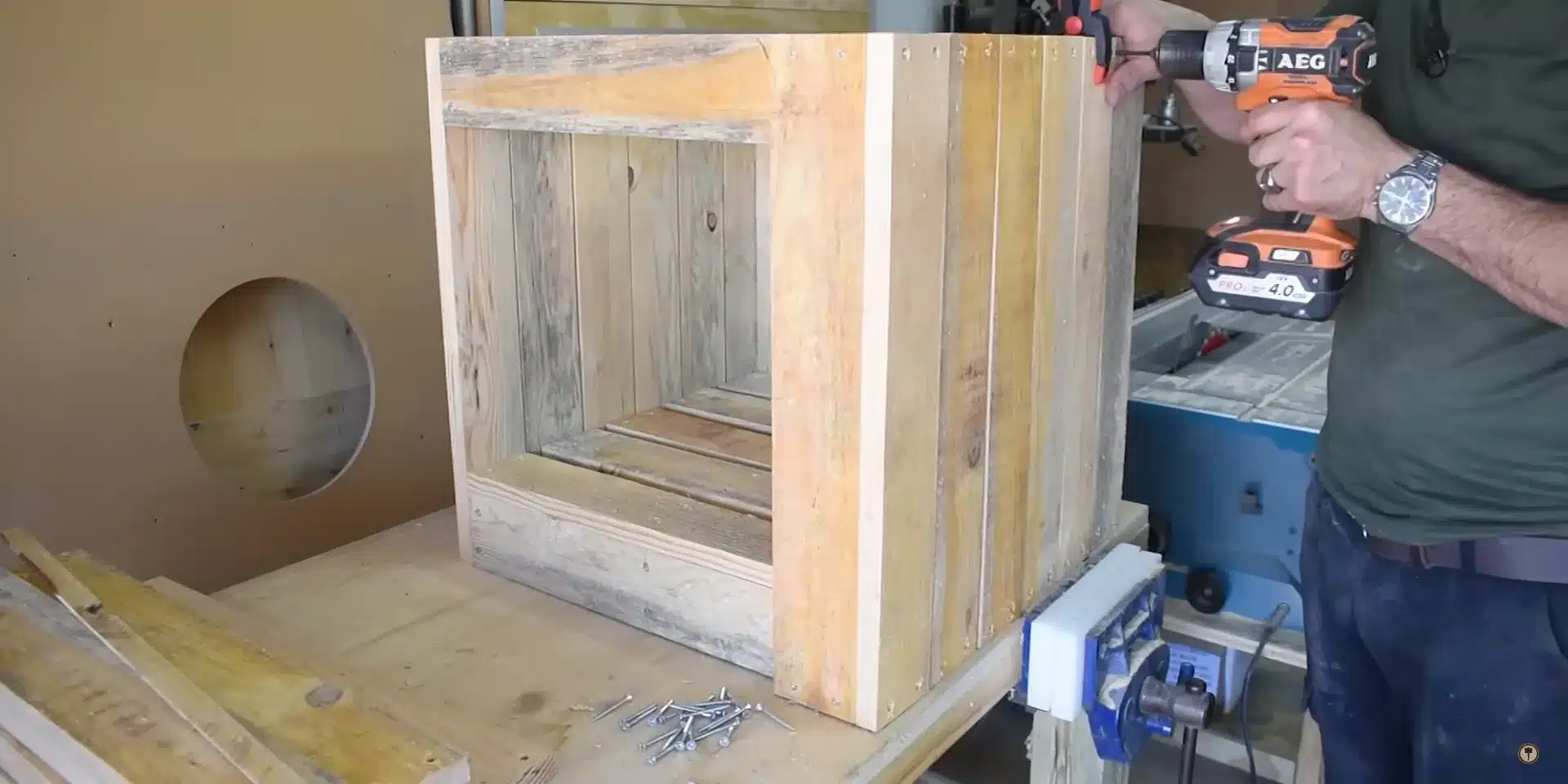
First, drill holes in each wooden piece and then attach the corresponding number of strips together to form a panel. Based on the design plans, determine the correct position of the four panels on the frame. Mark the screw locations on each panel and the frame, ensuring the marking points are evenly spaced to secure each panel firmly to the frame.
Next, align each panel with the marked points, making sure they are flush with the edges of the frame. Use a power drill or screwdriver to drive the screws into the marked locations one by one. Ensure that the screws are perpendicular to the panel to avoid splitting the wood or warping the panel.
Finally, verify that all screws are securely installed with no loose spots. Check that each panel is level and vertical, and ensure there are no gaps.
This operation video that might be helpful to you:
Step 3 : Connect the Base

First, as previously described, secure the bottom board to the base of the planter box. Next, plan the locations for the drainage holes. Typically, the drainage holes should be placed at the corners or in the center of the bottom board to ensure proper water drainage.
Then, use a power drill to create several drainage holes in the bottom board. The holes should be about 1-2 cm in diameter to ensure effective drainage, and the spacing can be adjusted based on your needs.
Finally, add a drainage layer beneath the bottom board, such as small stones, gravel, or a specialized drainage mat. This will further enhance drainage and prevent soil from blocking the drainage holes.
Step 4 : Reinforce the Frame
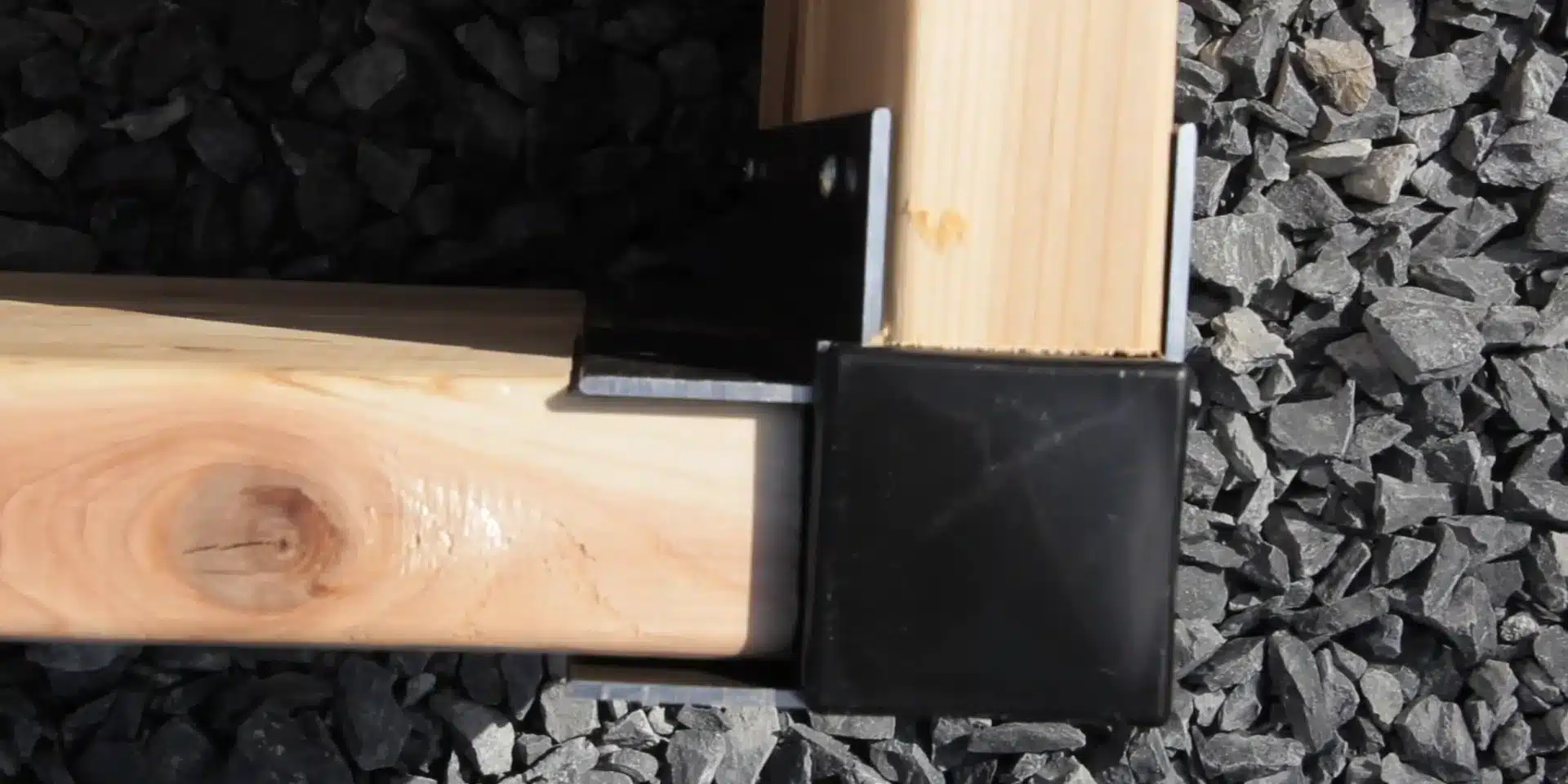
After the initial installation is complete, we need to reinforce the existing frame. Before reinforcing, recheck all connection points and structures of the planter box to ensure that all components are correctly installed and that there are no loose or misaligned parts.
- Install Angle Brackets: Use screws to secure the angle brackets at the corners of the box. Ensure that the angle brackets are in close contact with the box surfaces to provide additional support.
- Reinforce the Bottom: Attach wooden or metal strips vertically to the bottom panel to create an enhanced support structure. Ensure these strips are evenly distributed to help distribute the weight.
Step 5: Sanding
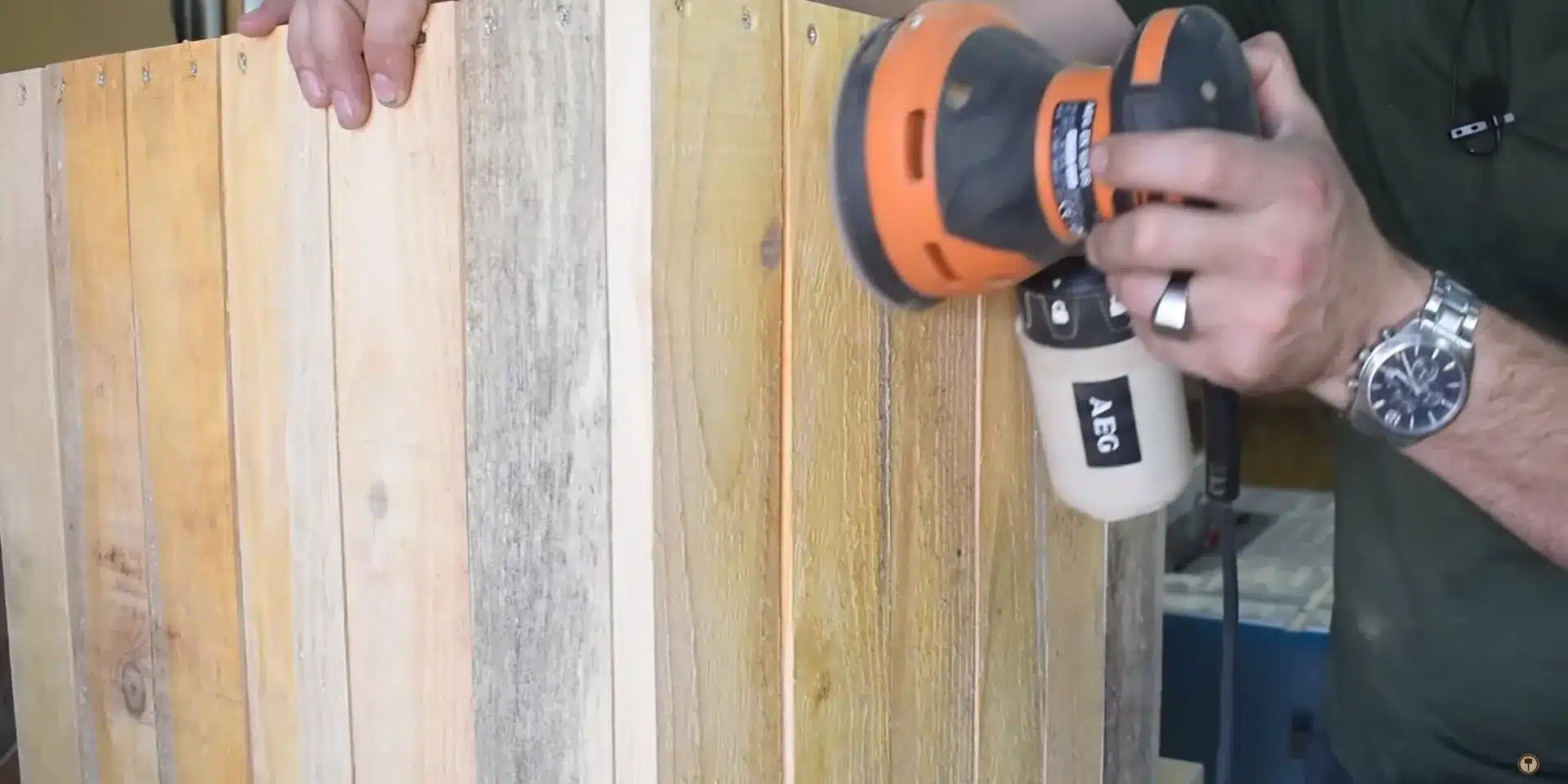
First, use a damp cloth to wipe down the surface of the planter box, ensuring that dust and dirt are removed. After wiping, allow the planter box to dry completely.
Next, select the appropriate sandpaper (such as 80 grit) and attach it to the sander. Turn on the sander and gently move it across the surface of the planter box, ensuring even coverage over the entire surface. Pay special attention to the edges and corners to remove any potential splinters or uneven areas.
After completing the coarse sanding, switch to finer sandpaper (such as 120 grit or finer) to continue sanding, further smoothing the surface and removing any marks left by the coarse sandpaper.
Once sanding is finished, use a vacuum or a clean cloth to thoroughly remove any dust from the surface to ensure good adhesion of the coating.
Step 6: Finishing
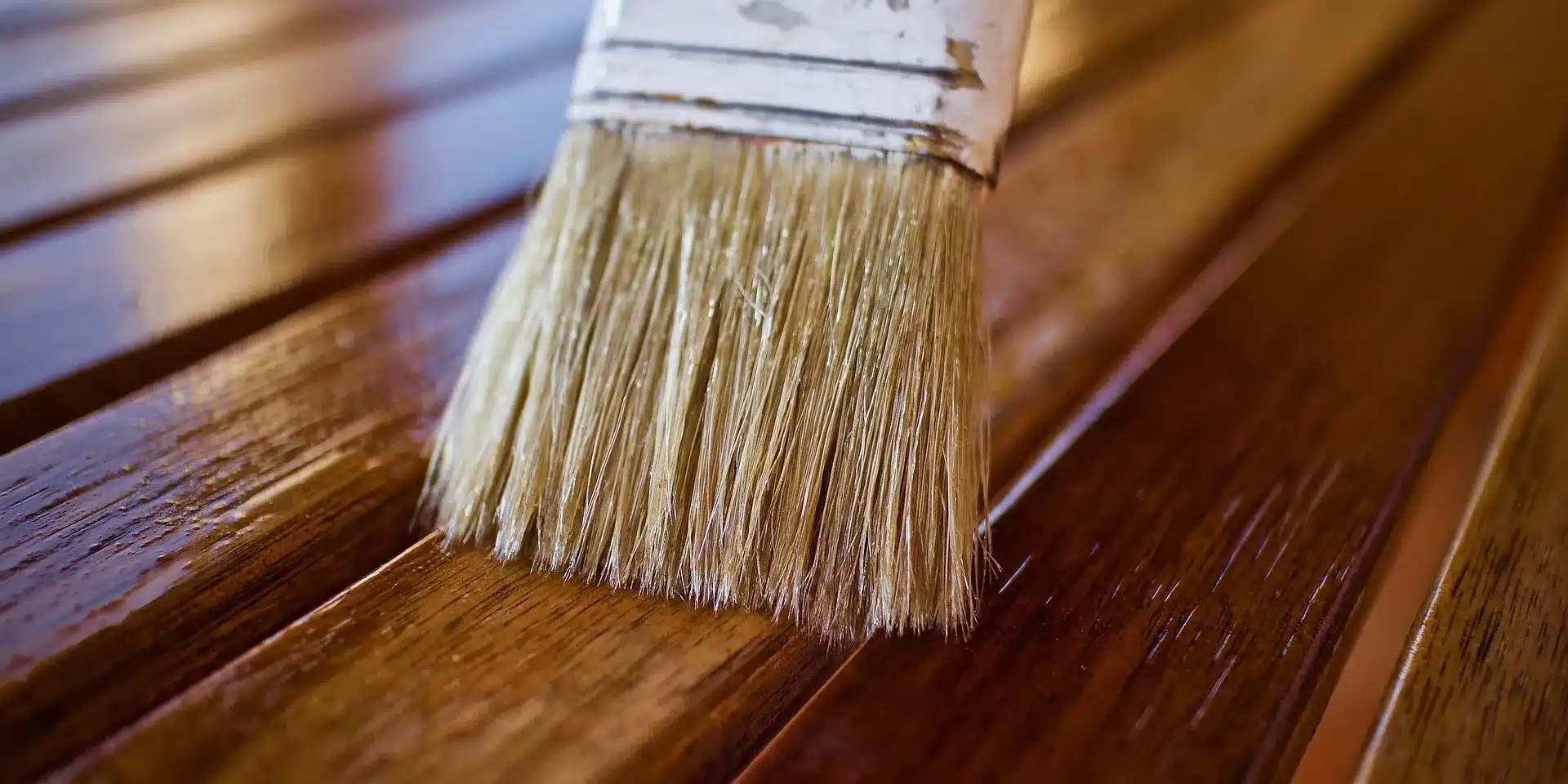
First, use a brush, roller, or spray gun to apply a coat of paint (such as wood protective varnish or a preservative) evenly across all surfaces of the planter box. During application, be careful to avoid applying the coating too thickly to prevent drips. Pay special attention to the edges and corners to ensure these areas are thoroughly covered.
Once you’ve applied the paint, let it dry thoroughly following the manufacturer’s guidelines. For better protection, it is recommended to apply a second coat of paint after the first coat has fully dried. This will enhance the durability and protective performance of the coating.
Finally, once the coating is completely dry, use a clean cloth or vacuum to thoroughly remove any dust from the surface. This step is crucial for ensuring the long-lasting adhesion of the coating.
How to Decorate Your New Planter Box
The steps outlined above only provide a basic guide for creating a planter box. If you want to add a personal touch to your patio planter box, decoration is key. With thoughtful embellishments, your homemade planter box will undoubtedly become a standout feature of your patio space.
- Brush Painting: Before painting, ensure the brush is clean and free of any residue. During application, use the brush to evenly apply the paint to the planter box surface, working along the wood grain to avoid brush marks. After painting, allow the coating to dry completely according to the paint’s drying time instructions, typically requiring several hours to a day.
- Add Decorative Items: You can place decorative planter trays or small stones on top of the planter box, or hang small ornaments such as wind chimes, decorations, or small flower baskets on the edges of the planter box.
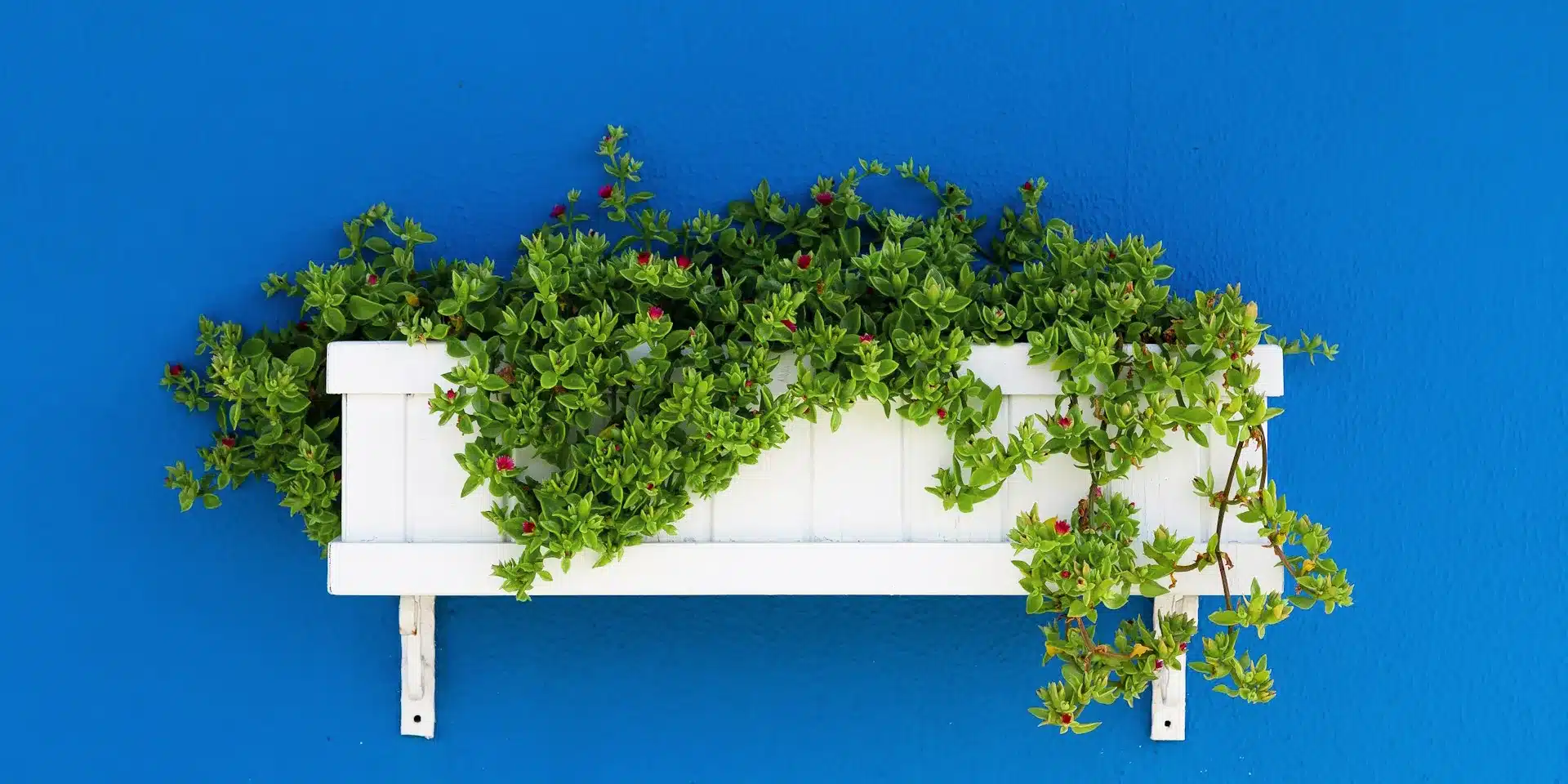
Here, I recommend some paint colors and matching schemes.
- Natural Wood Color + Wicker Accents: Natural wood-colored planter boxes combined with wicker details can showcase a rustic and pastoral style. You can also enhance the details with small wooden carvings.
- Grass Green + Wooden Accents: Grass green planter boxes paired with colorful wooden plant stands create a harmonious natural feel.
- Ocean Blue + Shell Decorations: Ocean blue planter boxes with shell decorations or marine-themed hangings create a fresh seaside ambiance.
Planting Tips
1. Choose Suitable Plants
Choose plants that are suited to your local climate and sunlight conditions. If you live in a dry climate, consider plants like succulents or thyme, which are drought-tolerant and adaptable. For a more humid climate, ferns or ivy are better choices as they thrive in moist environments.
If your patio receives plenty of sunlight, sun-loving plants such as tomatoes or herbs will do well. Conversely, if your patio is in a shaded area, opt for shade-tolerant plants like snake plants or mint.
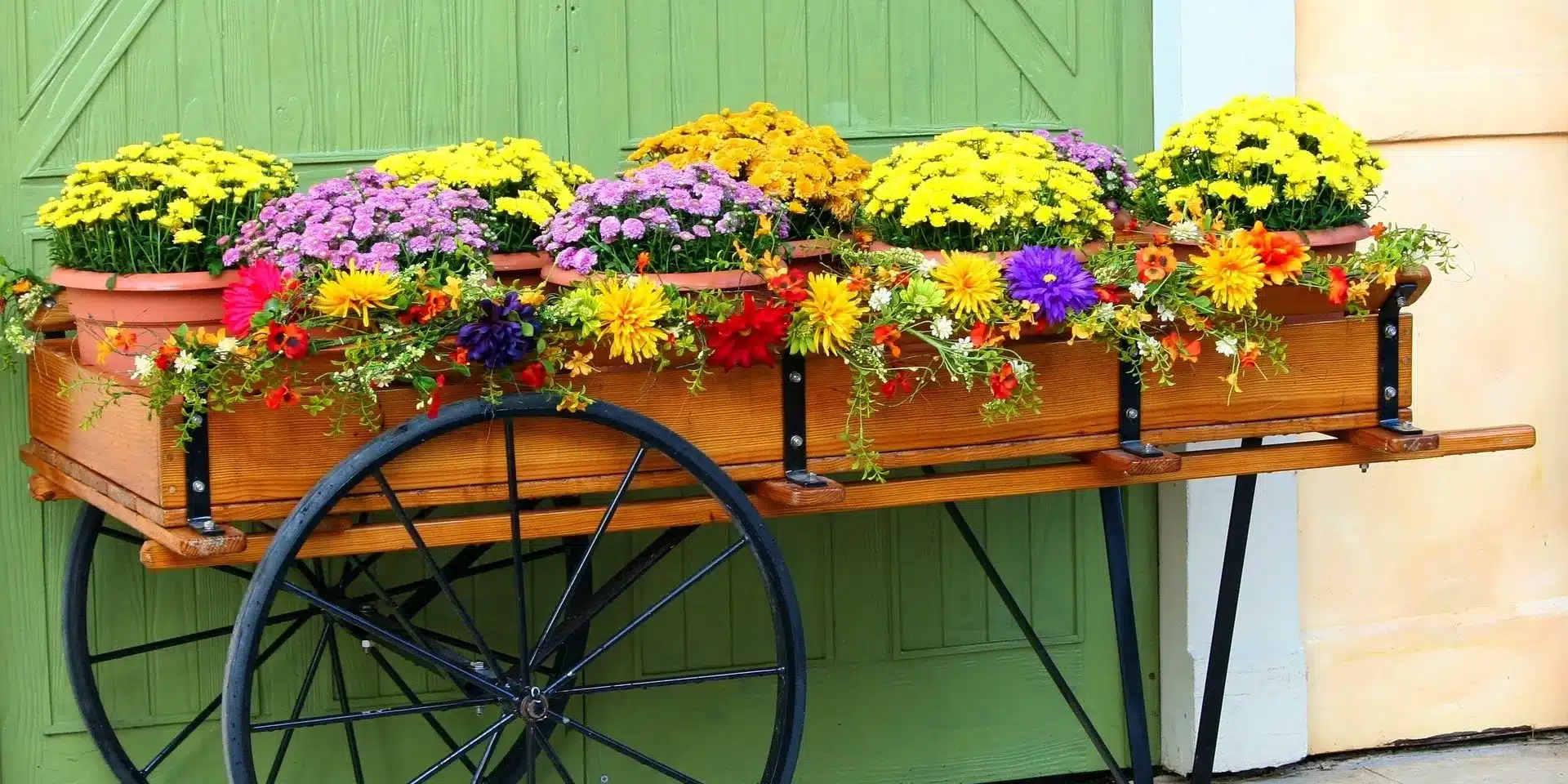
2. Use Quality Soil
Choose nutrient-rich planting soil, preferably a mix specifically designed for container gardening. This will provide the essential nutrients and proper drainage for healthy plant growth.
3. Prevent Pests and Diseases
Regularly check plants for pests and diseases, and take timely action such as using natural insect repellents or removing infected leaves to prevent the spread of pests and diseases.
We believe that by following these steps, you will be able to create a planter box that is both practical and visually appealing, adding life and personality to your patio.

